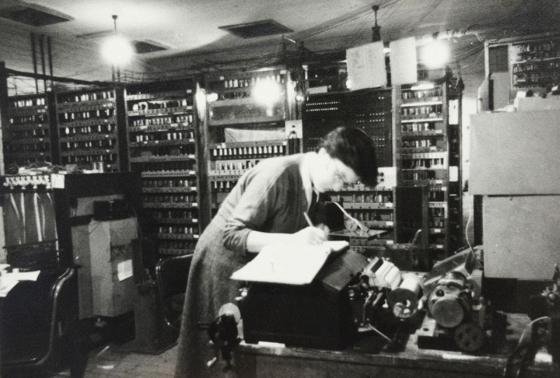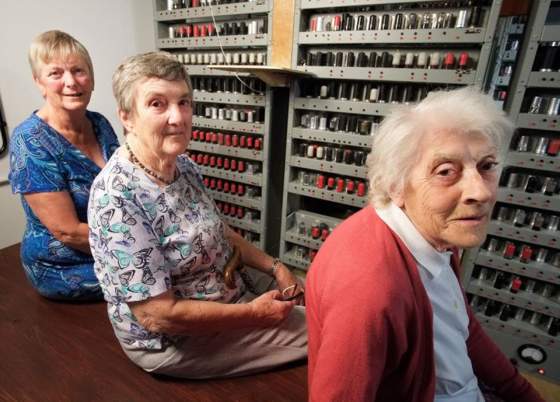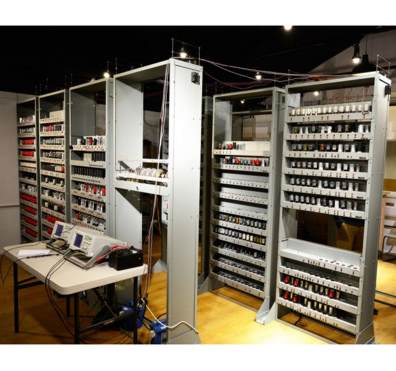| Original EDSAC Programmers Look Back |
| Written by Sue Gee |
| Sunday, 11 September 2016 |
|
Three EDSAC veterans who recently visited its reconstruction project, provided some interesting insights into the day-to-day operation of the machine in the 1950s. EDSAC, the Electronic Delay Storage Automatic Calculator, was originally built immediately after World War II at the University of Cambridge, England under the direction of Sir Maurice Wilkes whose aim was to provide a computing resource for researchers. This was a notable shift in the use of computers, which up until then had been the preserve of the military and security services. Since 2011 this historic machine, which was the first to have users, has been being rebuilt at the UK's National Museum of Computing (TNMOC). It is expected to be operational in 2017, almost seven decades after the original machine ran its first program (on May 6, 1949), and already different parts of the replica are up and running. As the project nears completion, Andrew Herbert hoped to gain insights from EDSAC veterans about how the machine was used on a day to day basis and feedback as to the authenticity of the rebuilt EDSAC 1.
As recorded in this video, the visiting EDSAC veterans – Joyce Wheeler, then an astronomy postgraduate student, and Margaret Marrs, an EDSAC operator gave the current EDSAC team valuable details about how they used it. They were joined by Liz Howe, an operator of EDSAC 2, who was able to speak of the people who worked in the Cambridge Mathematical Laboratory including staff and users. Andrew Herbert said: “The most fascinating aspect of their recollections is the social history of day-to-day working with an early computer. Strikingly, many women were computer operators and users back then, a balance that today’s computing industry is striving to re-establish. Working boundaries were obviously much more flexible then and we learned how the engineers worked very closely with the operators and users. But it was certainly tough for the first programmers -- they really were thrown in at the deep end and had to teach themselves the new skill of programming.”
Joyce Wheeler with the original EDSAC1 Researcher and programmer Joyce Wheeler recalled: “There were notes describing EDSAC and I remember going to the lab to read it all through and to do the exercises at the back. They were very important in learning how to program!” She also told how EDSAC 1 was used to calculate Mersenne prime numbers, a tradition that has continued through the decades: “My husband, David Wheeler, and research student Geoff Cook had set up the machine to seek prime numbers when the engineers wanted to run something. They would always use their prime numbers program during quiet periods and each time it would re-start where it had left off.”
Although impressed by the reconstruction team’s work, Margaret Marrs (on the right in this picture) noted one respect in which the replica differed from the original declaring “It’s much too clean!” She was also able to confirm that the original EDSAC did have a loudspeaker and gave an imitation of how it sounded.
More InformationRelated ArticlesEDSAC Display Officially Opened EDSAC Reconstruction Demoed To Celebrate Wilkes Centenary Largest Mersenne Prime Discovered
To be informed about new articles on I Programmer, sign up for our weekly newsletter, subscribe to the RSS feed and follow us on Twitter, Facebook or Linkedin.
Comments
or email your comment to: comments@i-programmer.info |
| Last Updated ( Friday, 06 May 2022 ) |




